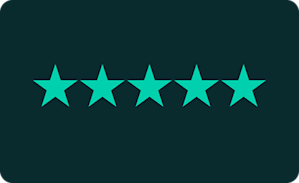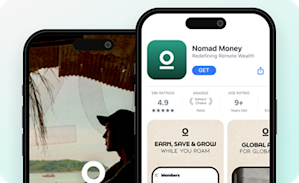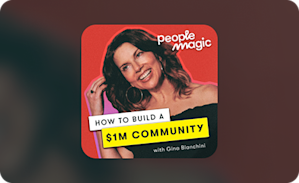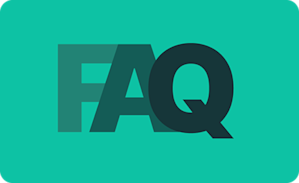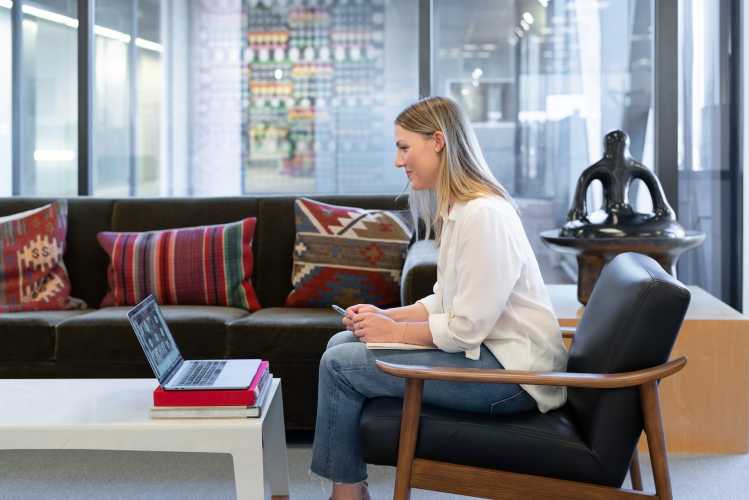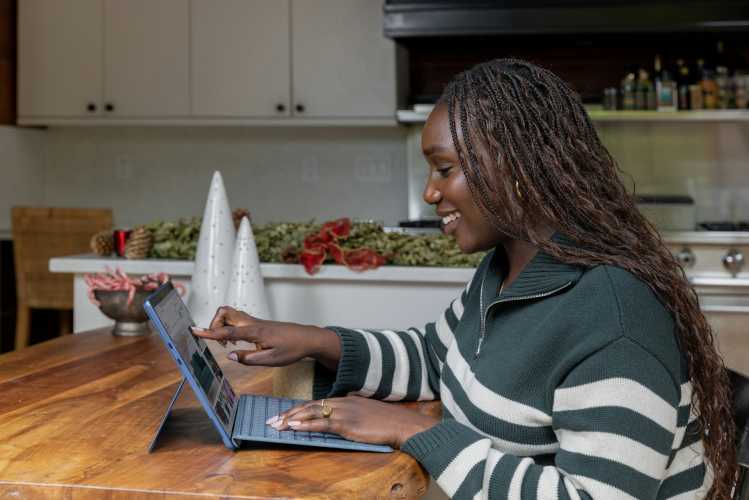Online Courses
How to Make a Digital Course in 2025 (9 Steps)
Here's how you can design and deliver an amazing digital course that brings value to your students and brings you revenue.
Author
Last Updated
February 6, 2025

Table of Contents
There’s no question that the digital course industry has taken hold. Digital courses are no longer a new thing. Heck your grandma is probably taking them.
The digital course industry is projected to hit $1 Trillion by 2030. And with a ton of opportunities for digital learning out there–and an internet chock full of existing courses–you might be wondering… is there space for me?
For those wanting to create a digital course, the time is still right. It is. Sure there are a lot of people doing it. But there are more people than ever willing to take digital courses.
If you're wondering how to make a digital course, this article will talk you through it. We'll cover the bases of what you need to know, how to pick a topic, plan, and deliver an amazing course that brings value your students and brings you revenue!
If you want more support in building your online community, come join OUR Mighty Community for free and meet other new and established community owners! We’d love to meet you. Join for free!
What is a digital course?
A digital course is when you teach something…. Um, Digitally? Okay, seriously though, a digital course is any structured learning experience that’s delivered on a digital platform. Usually, a digital course will walk students through this learning using either video, audio, text, or a combination of these.
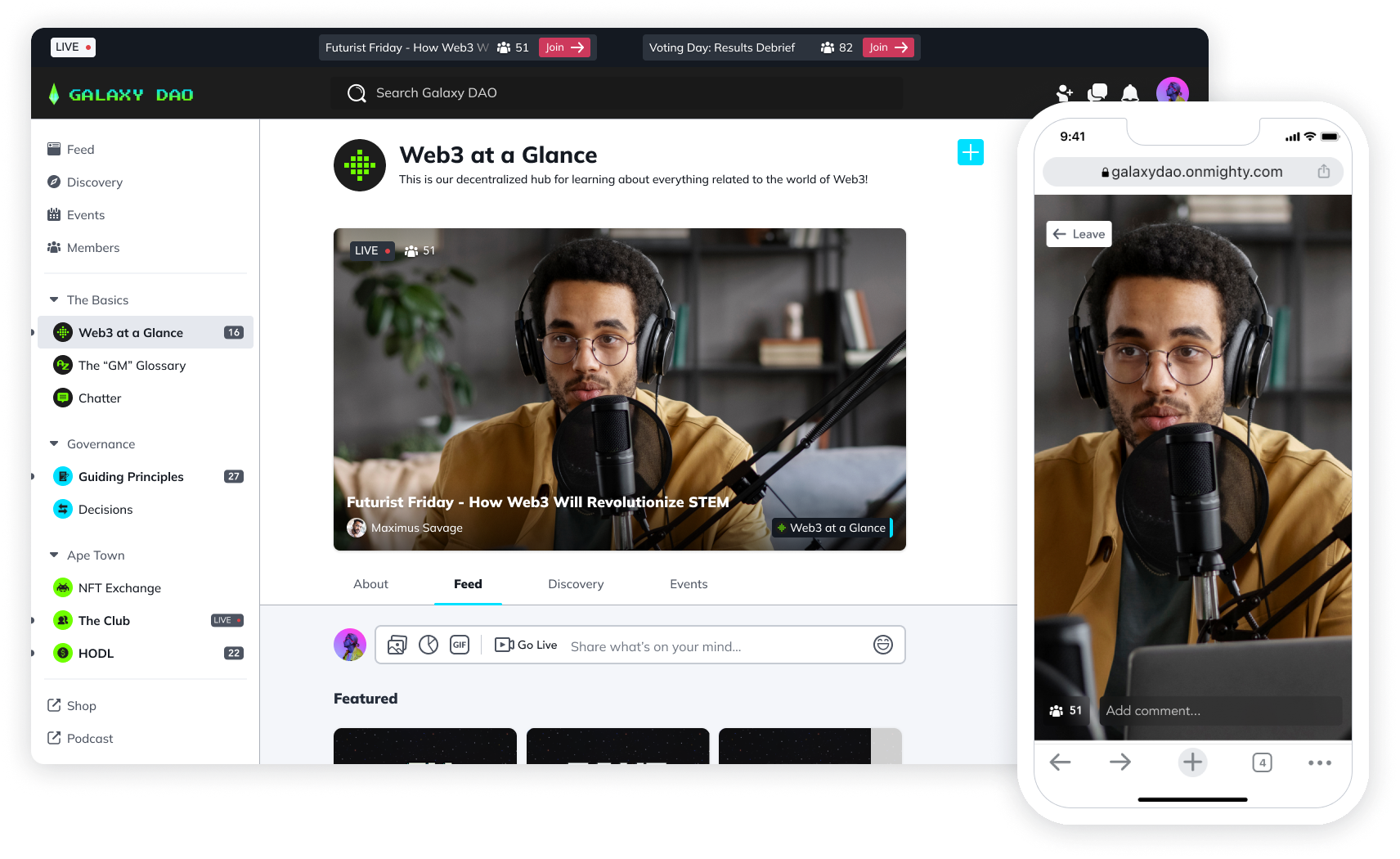
Digital courses can be synchronous, where all of the learners are learning live together. Or, they can be asynchronous, where students learn at their own pace. (We have a full guide on what the difference is here.)
How to create digital courses
1. Find your Ideal Students
The first step to creating any digital course is figuring out who it’s for. We like to call this an Ideal Student. If you have something to teach, you need somebody who wants to learn that thing.
Enter: Your Ideal Student.
Your Ideal Student is an intersection of someone who wants to learn something with the stuff you're qualified to teach.
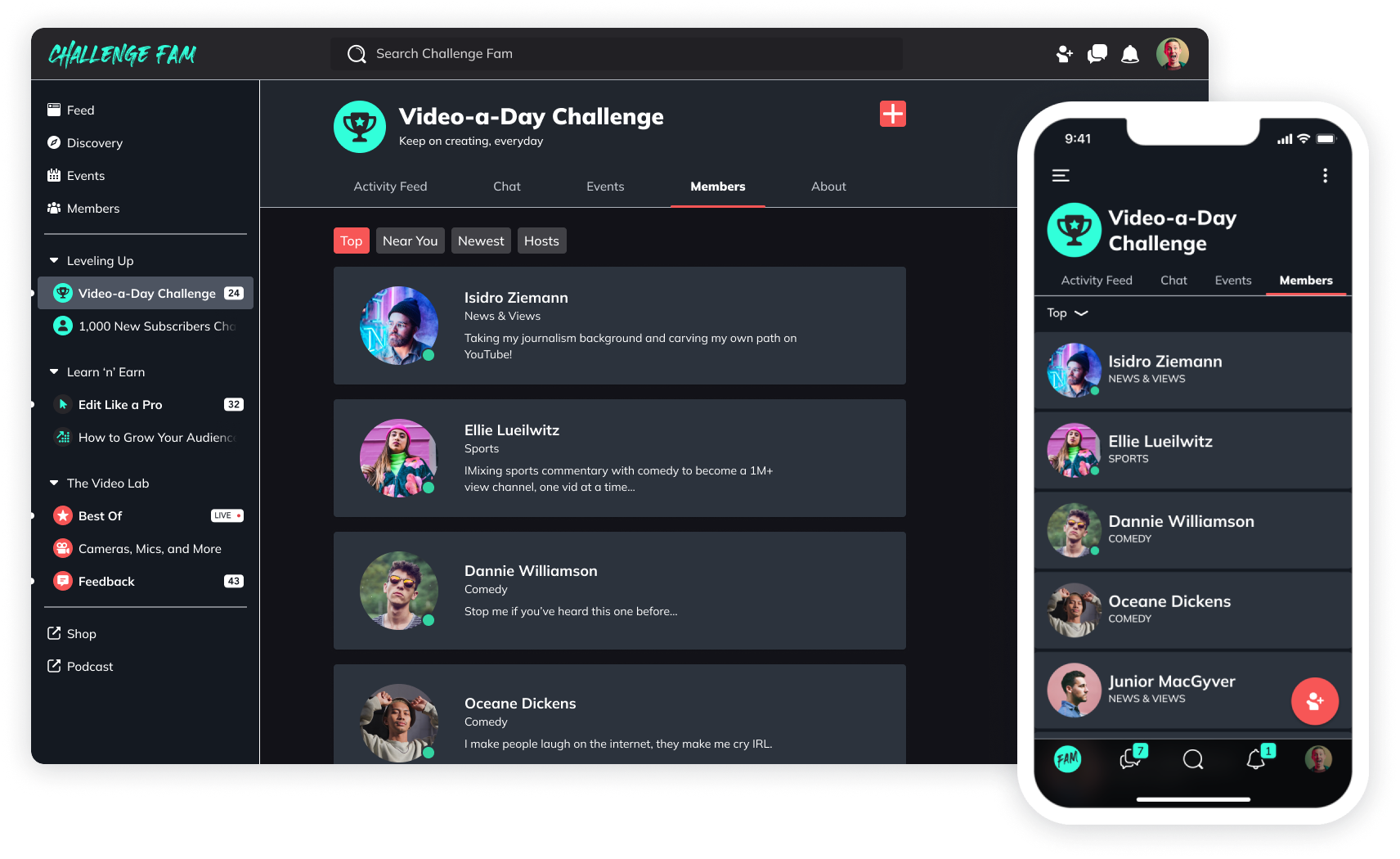
Let's be clear on this, courses with specific, targeted, Ideal Students are more successful. Every time.
So your goal, before you even start to create a digital course, is to be really clear on who it's for.
We love to suggest that you find your Ideal Student by talking to some people! Sit down with 10 or 15 people who you think would be interested in taking your course, and ask them some questions like:
What are you trying to learn that you need some help with?
What are the big pain points in your learning?
How do you best like to learn?
How much budget could you spend on a digital course to learn that thing?
Don't forget to also be clear about what you have to offer. Here are some questions you can ask yourself as you are finding your Ideal Student.
Who am I uniquely qualified to help? (Hint: It's usually the person you used to be.)
What aspects of my story give me a unique value to offer?
What could I talk about for half an hour without notes? (Not that you need to do this without notes, it's just a good thought experiment)
2. Choose your Big Purpose
Once your Ideal Student is in place, you can create what we call a Big Purpose.
A Big Purpose is a transformation that students will go through because they take your course. You can create a Big Purpose statement like this:
3. Pick your delivery method
At some point, while planning how to make a digital course, you'll need to consider how you want to teach it.
There are a lot of different ways to go about this. Since digital courses have been around for at least a decade, a lot of people imagine a prerecorded (asynchronous) course where students go through a lesson by lesson and watch a video.
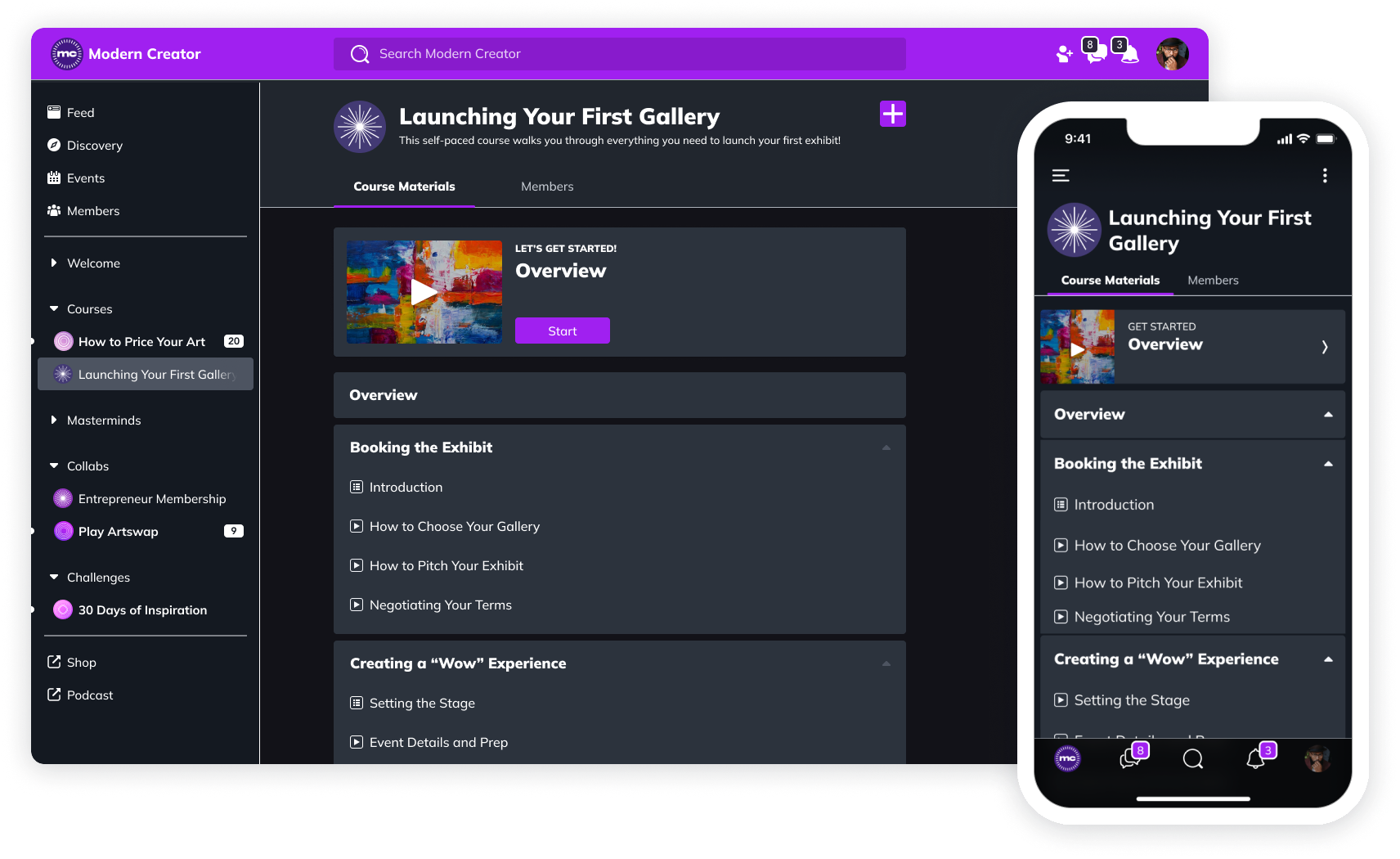
You can do this if it’s your thing.
But there are so many different options! We are loving cohort courses right now, which is basically a live-streamed course to a live audience. Students love them too! It gives the benefit of meeting each other and asking questions in real-time.
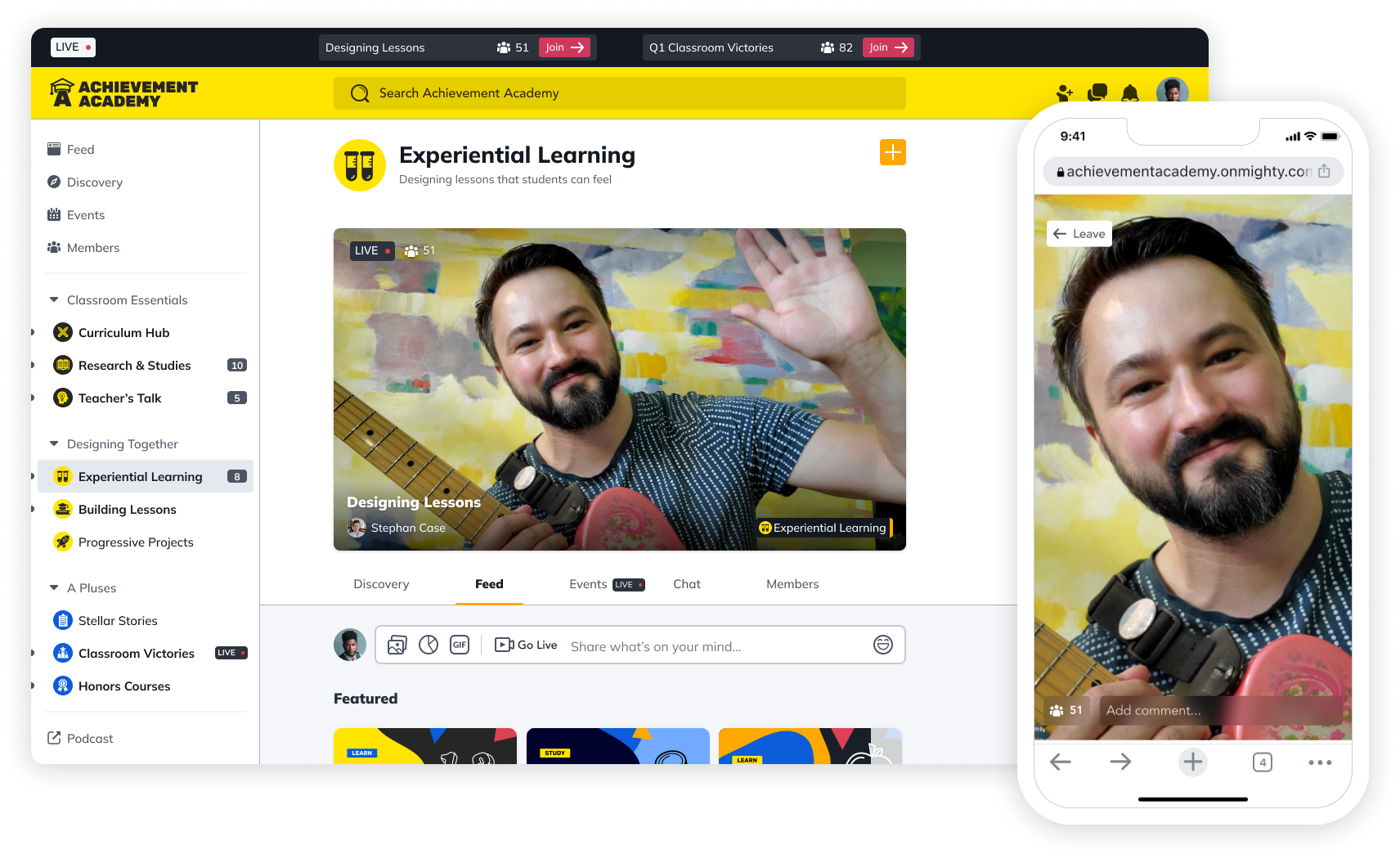
So as you think about how you'd like to deliver, think about your strengths and weaknesses as a presenter.
Do you thrive off a live presentation that has a bit of room for error?
Or are you going to be a bundle of nerves who could benefit from a script and a chance to "rerecord" if you mess up?
Are you a good presenter or a better writer?
Do you have a great voice but don't want your face on camera?
The thing is, when making a digital course you pretty much have the choice of delivering the content in a way that works best for you. And that's pretty cool.
You can also think about the things beyond the course that can help students engage and be successful. For example, we happen to love communities here at Mighty, and a community mixed with a course is a super powerful thing.

Here are some other things you can mix with your courses:
Live events
Virtual events
Community
Live streams
Member chat
Group coaching
1:1 coaching
Be creative when you think about structuring it. Use every tool at your disposal to create the very best experience for your students you can.
4. Choose a digital course platform
You're going to need a place to host this thing. And a lot of digital course instructors can get caught up in overthinking their course platform.
It's understandable really. There are SO MANY options. And most people will swear by the one that they use.
We won't get into the weeds on choosing the right course platform here–we do that in this post.
But based on what we talked about above, try to choose a course platform that gives you a lot of flexibility. You should be able to teach a live course if you want. You should be able to plug that live course into an LMS and resell it. You should be able to easily add things like community, live events, or coaching if you want to.
That's why we built courses into our community platform at Mighty. Our flexible Spaces give you everything you could ever need or want to deliver a course that packs a punch: live streaming, integrated live events, an LMS, member profiles, a discussion forum, all member chat and messaging, and a ton of content options.
5. Plan the material
At some point, you're going to start plotting out the material for your digital course.
If you identified your Big Purpose above, it's a good idea to tie that directly into the learning goals you want your students to have.
As you plan the material for your digital course, try to work backward. What do you want your students to achieve? And if so, what do you need to teach them to do that thing?
Resist the temptation to plug in all of the information you know about a subject. Focus on the stuff that's going to get your ideal student to the transformation they need and want.
You can create an outline for what the material will be. If you want, use an LMS to plot out what each lesson will consist of. Even if you end up teaching a live course, this is a valuable exercise. From there, you can plot out the goals of each lesson and the content.
6. Presell
You don't HAVE to do this. But if you're going about creating digital courses, pre-selling can be a pretty fantastic thing. Basically, this means getting people to pay before you teach the course.
Preselling works REALLY WELL with cohort courses since you teach the course after students have agreed to show up. But there are ways to presell an asynchronous course too.
There are a bunch of advantages to this.
Get your revenue up front so you are profitable before you even start. (You can also reinvest some of it back into the course if appropriate).
You have a clear sense of whether people want the course or not.
If you can't sell it, don't make it! Instead of wasting all your time building something and hoping people will buy it, you will know right away if it's going to work. You can make some tweaks in order to make it successful.
7. Record/Go Live
Next you are going to build the course. If you’re pre-recording, this will mean setting up your gear and getting ready to present.
If you're doing a live course, it's a bit more intense upfront You'll need to communicate all the details of your course, get ready to go live, make sure your recordings are in place, and all that jazz.
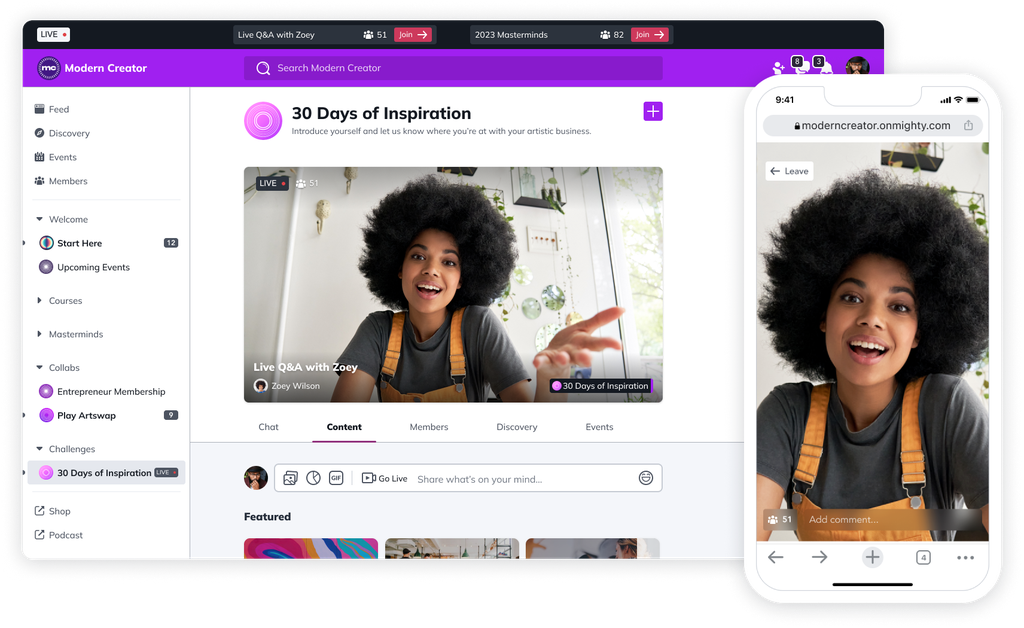
8. Market it
If you haven't sold your digital course yet, now comes the part where you need to market it.
There are a lot of different ways to market an online course, and we have a full guide that you can check out in this post.
But in the meantime, here's a quick checklist for some of the ways you can market your digital course:
Email your list
Post on social media
Invite people directly (especially the Ideal Students you interviewed)
Host a webinar
Create a landing page and send traffic to it (eg. with paid ads)
Add the course to your website and funnel search engine traffic
Invite the existing members of your community! (One of the other reasons building a community pays off)
Host promotional events with other creators in your space
Be a guest on podcasts or write guest blogs
Pitch major publications
9. Adapt and grow
Becoming a successful digital course creator generally takes time. It's very rarely one-and-done.
So to the multitudes of blogs that promise you "endless passive income" by slapping a course online and forgetting about it, it probably won't be that easy.
But stick to it. Because as you figure out what works, grow your audience, and even keep iterating on the course, there's a better chance that you'll find a winning course structure that works for you and your audience.
Ready to start?
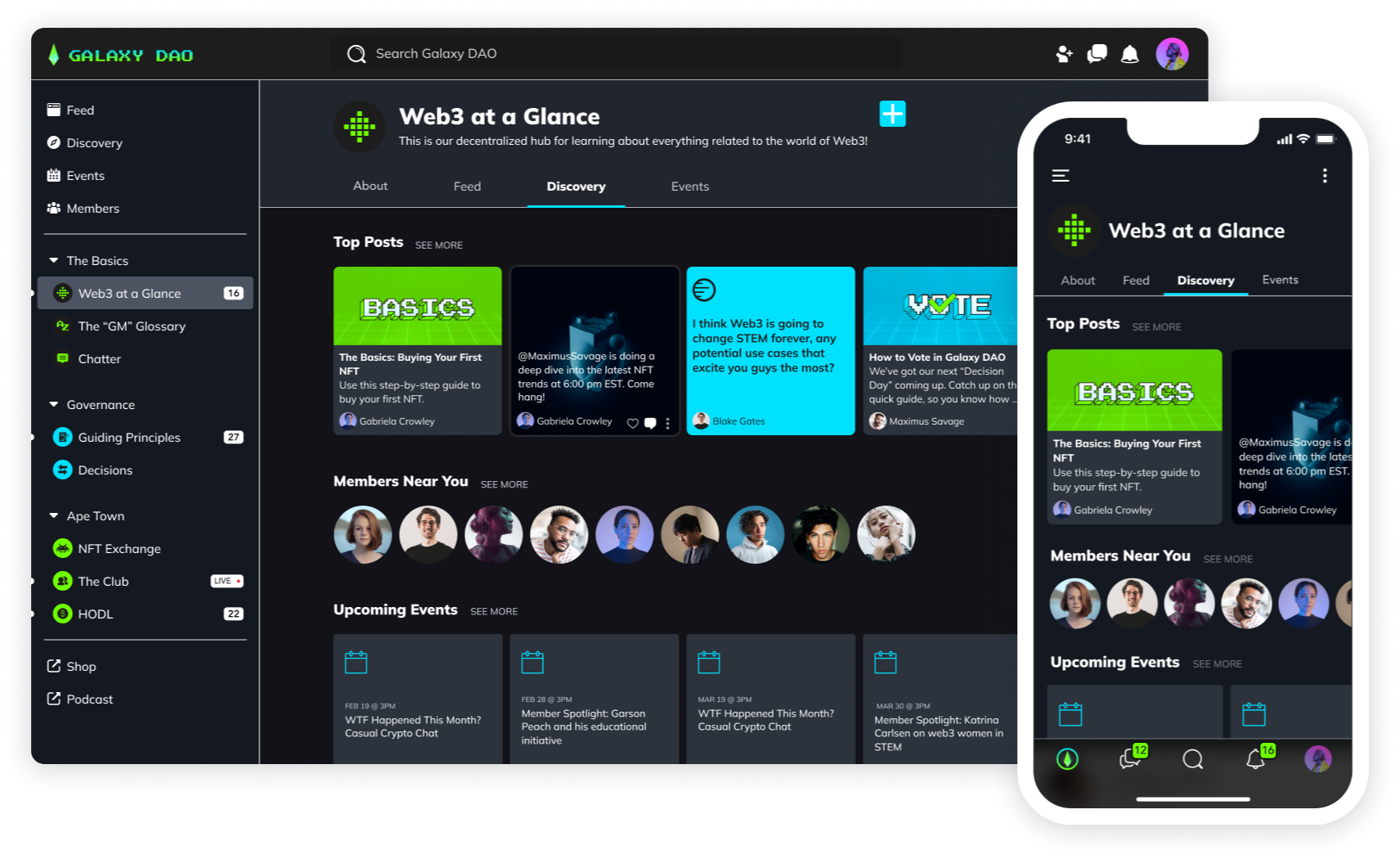
If you're ready to start building your digital course, why not give Mighty a try? We built a powerful course platform that easily mixes in community, content, and commerce. Teach a course live or pre-recorded, your choice. And as we talked about above, you can add in things like community, forums, live streaming, live events, and more.
It's all done on a beautiful platform that works for your brand. Every Mighty Network comes with an app for every device. And you can sell in 135 different currencies or even with token-gating
Ready to start building your community?
Start a free 14-day trial to explore Mighty—no credit card required.
More like this
Join Mighty Community
Learn the principles of Community Design™ (and see them in action) alongside thousands of creators and entrepreneurs. It's free to join!
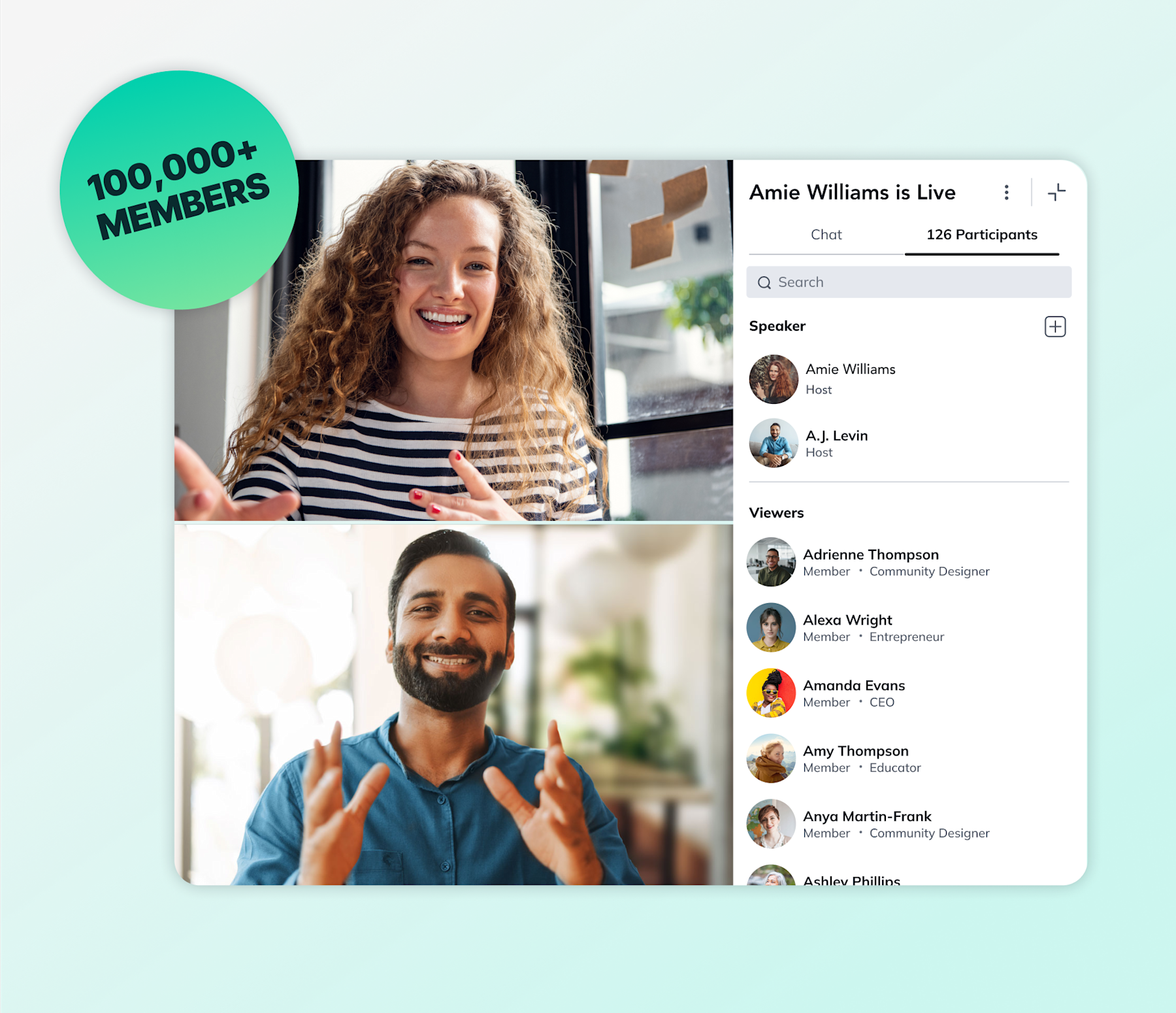
Communities & Memberships
Community Platforms
Managing a Community
Building a Community
Growing a Community
Monetizing a Community
Content Creation
Online Courses
Creating a Course
Teaching a Course
Course Platforms
Selling a Course
Creators & Entrepreneurs
Monetization
Content Creation
Starting a Business
Website Builders
Creating & Managing a Website
Events
Event Platforms
Hosting & Marketing Events
Branded Apps
Creating a Mobile App
Coaching Apps
Community Apps
Coaching
Mastermind Groups
Starting a Coaching Business
Coaching Platforms
Filter by Category
Communities & Memberships
Online Courses
Creators & Entrepreneurs
Events
Branded Apps
Coaching
Build a $1 Million Community
This free masterclass went viral—sign up to learn why.

